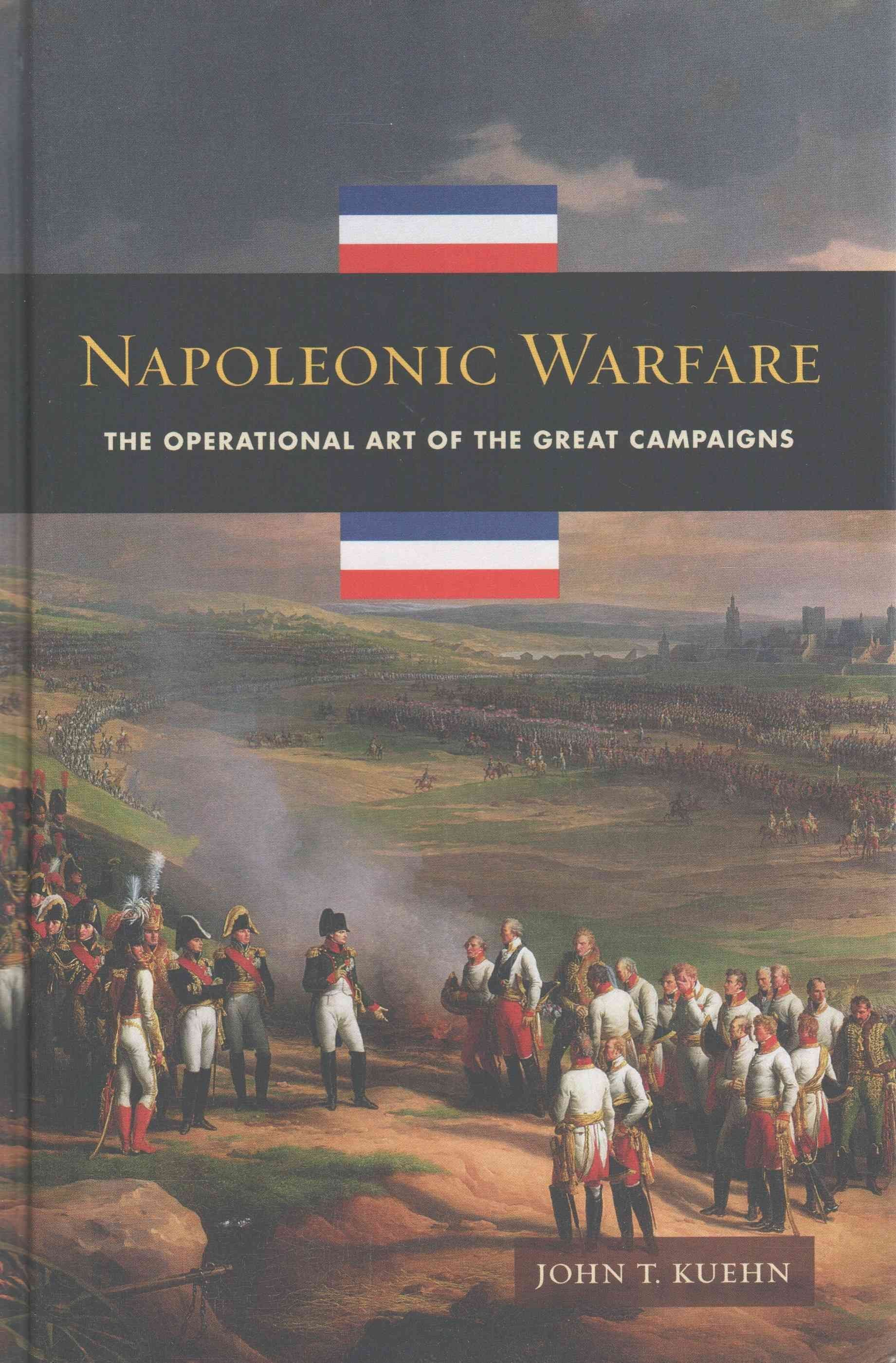This carefully researched book provides an operational level analysis of European warfare from 1792 to 1815 that includes the tactics, operations, and strategy of major conflicts of the time. 2015 marks the 200th anniversary of the famous Waterloo campaign, sparking a renewed interest in Napoleon’s prowess as a military leader and acumen as a strategist. This in-depth analysis scrutinizes the complex campaigns and strategies of the French Revolutionary and Napoleonic Wars, looking at how military genius?referred to in the book as “operational art”?shaded the panorama of 18th-century warfare. Drawing upon familiar battles as well as lesser-known campaigns, this sweeping reference uses 20th-century military theory to explain 19th-century events. Author John T. Kuehn discusses joint warfare and strategy found in the military movements of Marshal Suvorov in Italy and Switzerland in 1799; the early and later campaigns of Napoleon and Nelson; and the Duke of Wellington’s campaigns in Spain, Portugal, and Belgium. The work also includes an entire chapter on theory and history of operational art spanning a variety of perspectives?from theorist Carl von Clausewitz to American air force pilot John Boyd. This book is a must-have for any military history collection. Integrates topics as diverse as naval warfare, maneuver warfare, compound warfare, and counterinsurgency Covers major campaigns during the French Revolution and Napoleonic Wars that reflect elements of operational art Includes short biographies of key figures that help add depth to readers’ understanding of the players behind the battles Provides a chronology of major campaigns of the Napoleonic Wars Uses modern models to examine campaigns of the period












